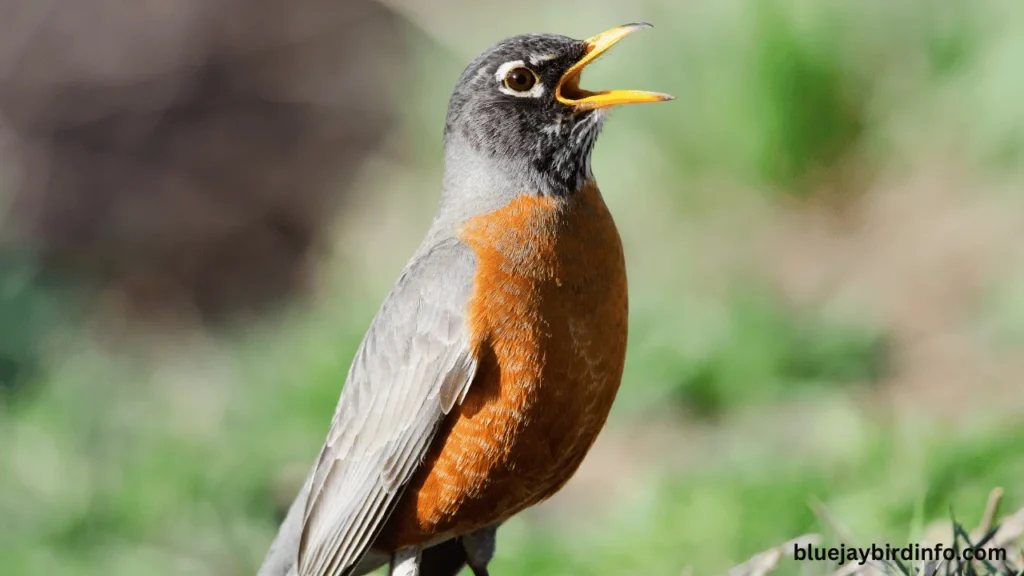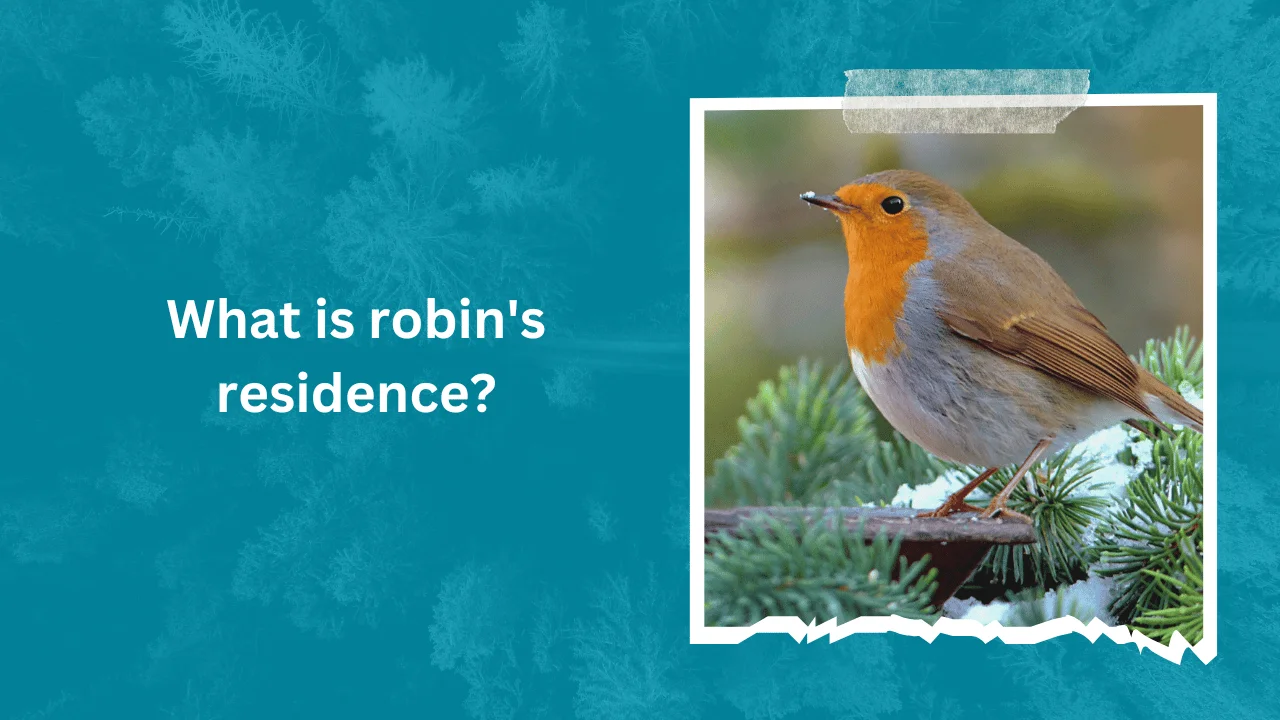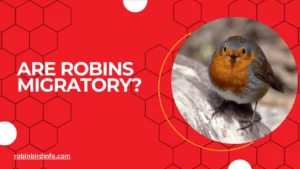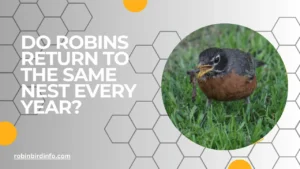We all know the sight – a vibrant flash of red amidst the green, followed by that familiar melody that brightens your day.
Robins are a common sight in many backyards, their presence sparking a sense of peace and connection with nature. But have you ever stopped to wonder, where exactly do these charming birds call home?
Their cheerful songs seem to fill the air from everywhere and nowhere at once. But Robins, like all creatures, have specific preferences when it comes to their residence. Understanding their habitat choices isn’t just about satisfying our curiosity; it can actually help us create a more welcoming environment for these feathered neighbors.
This blog post delves into the fascinating world of Robin real estate. We’ll explore the diverse natural environments Robins favor, from lush forests to bustling urban parks. We’ll also take a peek inside their world, uncovering the secrets of their nest building and the fierce protectiveness they exhibit towards their homes.
So, grab a metaphorical cup of birdseed and get ready to discover the hidden world of Robin residences!
Contents
Natural Habitats
Robins are adaptable birds that can thrive in a variety of habitats. Woodland habitats with dense undergrowth are particularly favored by Robins, as they provide shelter, nesting sites, and abundant food sources.
In recent years, Robins have successfully adapted to urban environments. They can be found in parks, gardens, and even busy city centers, where they forage for food and build their nests.
Seasonal variations can influence Robin habitat preferences. During the breeding season, Robins may seek out specific territories with suitable nesting sites and food resources. In the winter, they may migrate to warmer regions or remain in areas with milder climates.
Nest Building
Robins are skilled nest builders, constructing sturdy and well-camouflaged nests. They use a variety of materials, including twigs, grass, and mud, to create a cup-shaped structure.
The preferred location for a Robin’s nest varies, but it often involves a sheltered spot in a tree, shrub, or other elevated structure. Sometimes, they may even choose unconventional nesting sites, such as porch railings or hanging baskets.
To maintain their nests, Robins regularly remove debris and repair any damage. This ensures a clean and safe environment for their eggs and young.
Territorial Behavior
Robins are known for their territorial behavior, particularly during the breeding season. They establish territories to attract mates and defend nesting sites from intruders.
To defend their territory, Robins may use a variety of tactics, including song duels, posturing, and physical aggression. They will aggressively chase away other birds that encroach on their territory.
Vocalizations play a crucial role in territorial defense. Robins use a variety of songs and calls to communicate with other birds and defend their territory.
Impact of Human Activity
Habitat loss due to deforestation and urbanization poses a significant threat to Robin populations. As human settlements expand, natural habitats are fragmented, limiting the availability of suitable nesting and foraging sites.
Climate change can also impact Robin populations by altering migration patterns, affecting food availability, and disrupting breeding cycles.
Human-bird interactions can have both positive and negative consequences. While bird feeders can provide supplemental food, they can also attract predators and increase the risk of disease transmission.
Conservation Efforts

To protect Robin populations, various conservation efforts are underway. These include habitat restoration, protection of nesting sites, and public education campaigns.
Citizen science initiatives, such as birdwatching and nest monitoring, can provide valuable data to researchers and conservationists.
Backyard birdwatchers can play a crucial role in supporting Robin populations by providing suitable habitat, food, and water sources. By creating a bird-friendly environment, individuals can contribute to the conservation of these beloved birds.
Conclusion
Robins are fascinating creatures that have adapted to various habitats, from dense forests to urban environments. By understanding their behavior, habitat preferences, and the challenges they face, we can appreciate and protect these birds.
By creating bird-friendly environments and supporting conservation efforts, we can ensure that future generations can continue to enjoy the beauty and song of the Robin.
FAQ’s
Do Robins migrate?
Some Robin species, like the American Robin, are migratory. They migrate south for the winter and return north in the spring to breed.
What do Robins eat?
Robins are omnivorous and eat a variety of foods, including insects, berries, and fruits.
Why do Robins build nests in strange places?
Robins are adaptable birds and will often build nests in unusual locations, such as on window ledges, porch railings, or even on outdoor furniture.
Are Robins aggressive towards other birds?
While Robins are generally peaceful, they can become aggressive, especially during the breeding season, when they defend their nests and territories.
Can Robins recognize humans?
While Robins may not recognize individual humans, they can learn to associate certain people with positive or negative experiences, such as feeding or harassment.
How can I attract Robins to my yard?
To attract Robins to your yard, you can provide a bird bath, plant native plants that produce berries, and avoid using pesticides.








